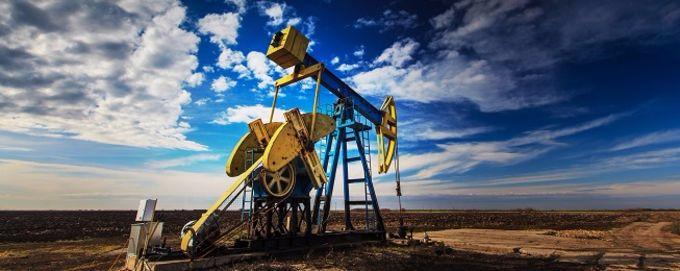
Fracturing a Better Future
Introduction
Hydraulic fracturing, a method used to obtain oil and gas from unconventional reservoirs, can be dated back to the 1940s [1]. However, not until the early 2000s did it become an industry standard. Hydraulic fracturing has proven to be an effective tool in improving hydrocarbon recovery and well performance. This has led to a massive boom causing a surplus of crude oil in the United States. As a result, the United States lifted its ban on exportation of oil and is a top competitor on the global market.
Although the improvements in oil recovery methods are vast, there are consequences associated with hydraulic fracturing.
One of the primary concerns centers around water usage and disposal. Hydraulic fracturing requires massive amounts of water, most of which must be processed and disposed via waste water wells. The injection of waste water into these wells has been shown to cause induced earthquakes. There also has been recent studies showing ground water contamination. And with the usage of water in fracturing, there are health hazards that can affect the general population.
As a team, we have researched and concluded that alternative solutions are available which have the potential to reduce the consequences of hydraulic fracturing. Non-hydraulic fracturing methods use gases such as propane and CO2, which can be safely recovered without the detrimental effects caused by water. Together, we molded our ideas into a policy which suggests government incentives that allow companies to transition from water-based fracturing fluids to liquefied petroleum gas (LPG) or CO2 fracture wells.